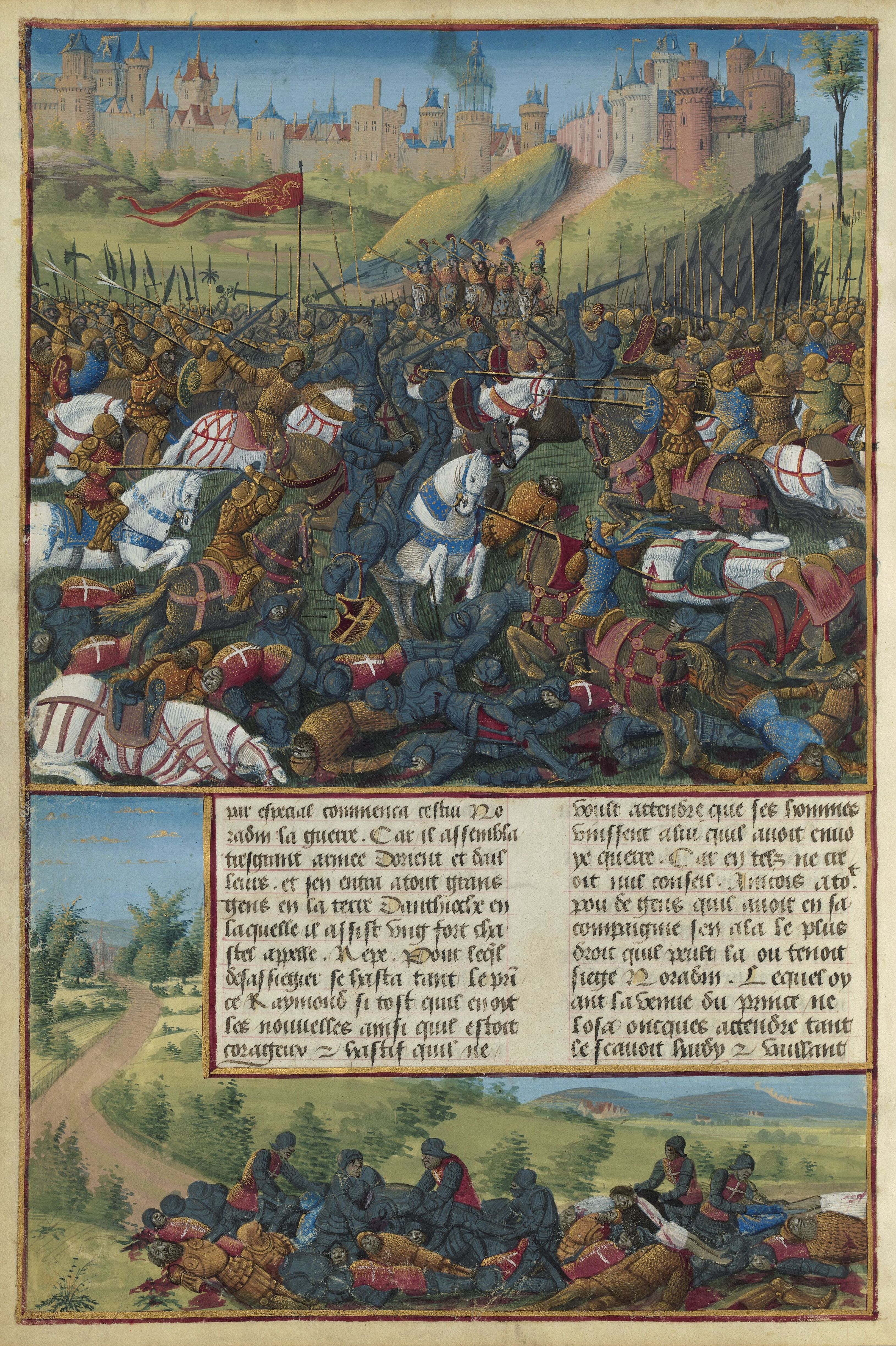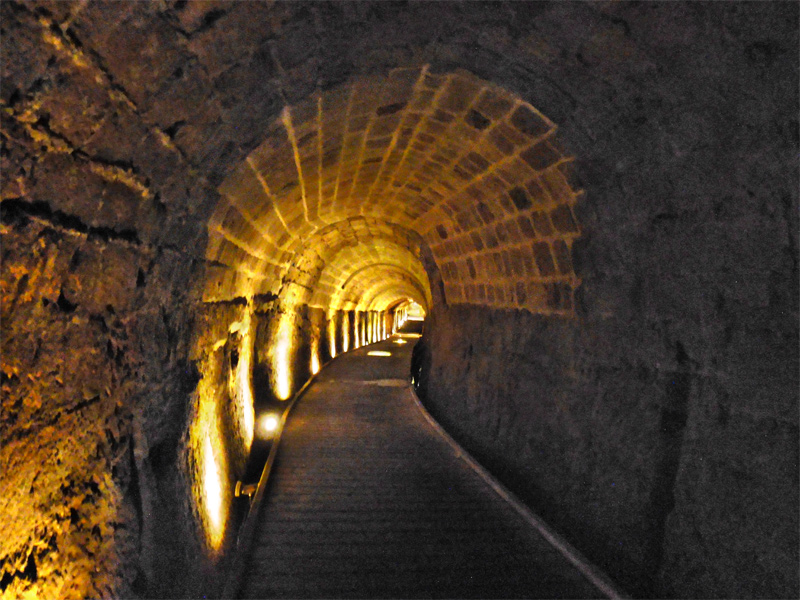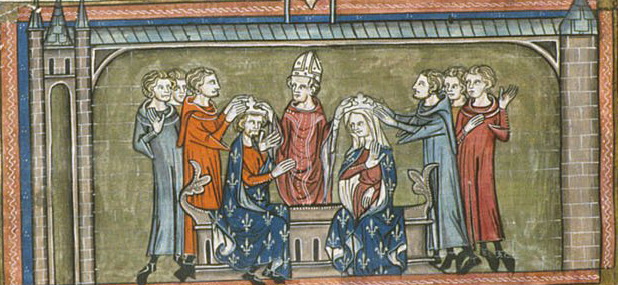|
Saer De Quincy, 1st Earl Of Winchester
Saer de Quincy, 1st Earl of Winchester (c. 1155 – 3 November 1219) was one of the leaders of the baronial rebellion against John, King of England, and a major figure in both the kingdoms of Kingdom of Scotland, Scotland and Kingdom of England, England in the decades around the turn of the twelfth and thirteenth centuries. Scottish upbringing Although he was an Anglo-Norman, Saer de Quincy's father, Robert de Quincy, had married and held important lordships in the Scottish kingdom of his cousin King William the Lion. His mother, Orabilis, was the heiress of the lordship of Leuchars and through her husband Robert became lord over lands in Fife, Perth and Lothian. Saer's own rise to prominence in England came partly through his marriage to Margaret, the younger sister of Robert de Beaumont, 4th Earl of Leicester. Earl Robert died in 1204, and left Margaret as co-heiress to the vast earldom along with her elder sister. The estate was split in half, and after the final division wa ... [...More Info...] [...Related Items...] OR: [Wikipedia] [Google] [Baidu] |
Winchester
Winchester (, ) is a City status in the United Kingdom, cathedral city in Hampshire, England. The city lies at the heart of the wider City of Winchester, a local government Districts of England, district, at the western end of the South Downs National Park, on the River Itchen, Hampshire, River Itchen. It is south-west of London and from Southampton, its nearest city. At the 2021 census, the built-up area of Winchester had a population of 48,478. The wider City of Winchester district includes towns such as New Alresford, Alresford and Bishop's Waltham and had a population of 127,439 in 2021. Winchester is the county town of Hampshire and contains the head offices of Hampshire County Council. Winchester developed from the Roman Britain, Roman town of Venta Belgarum, which in turn developed from an Iron Age ''oppidum''. Winchester was one of if not the most important cities in England until the Norman Conquest in the eleventh century. It now has become one of the most expensive ... [...More Info...] [...Related Items...] OR: [Wikipedia] [Google] [Baidu] |
Le Vaudreuil
Le Vaudreuil () is a commune in the Eure department in Normandy in northern France. On 15 April 1969 the commune of Notre-Dame-du-Vaudreuil was joined with that of Saint-Cyr-du-Vaudreuil to form the present Le Vaudreuil. A bronze statue of the deputy Edgar Raoul-Duval was erected in 1890 in Notre-Dame-du-Vaudreuil. Population Twin towns Le Vaudreuil is twinned with Comberton, United Kingdom. See also *Communes of the Eure department The following is a list of the 585 communes of the Eure department of France France, officially the French Republic, is a country located primarily in Western Europe. Overseas France, Its overseas regions and territories include French G ... References External links Official site of Le VaudreuilKite Aerial Photographies of Le Vaudreuil Communes of Eure {{LesAndelys-geo-stub ... [...More Info...] [...Related Items...] OR: [Wikipedia] [Google] [Baidu] |
Garendon Abbey
Garendon Abbey was a Cistercian abbey located between Shepshed and Loughborough, in Leicestershire, United Kingdom. History Garendon was founded by Robert de Beaumont, 2nd Earl of Leicester, in 1133, and was probably a daughter house of Waverley Abbey in Surrey. Garendon was one of a number of religious establishments founded or patronised by Robert. He endowed the abbey with 690 acres of land in Garendon, a Burgage tenement in Leicester and land at Dishley Grange, Dishley, Shepshed and Leicestershire Deserted Villages and Lost Places, Ringolthorpe.'House of Cistercian monks: The abbey of Garendon' //A History of the County of Leicestershire//: volume 2 (1954), pp. 5-7. Date accessed: 20 June 2013 Within a century of foundation, the abbey gained lands at Burton on the Wolds, Eastwell, Leice ... [...More Info...] [...Related Items...] OR: [Wikipedia] [Google] [Baidu] |
Zengid Dynasty
The Zengid or Zangid dynasty, also referred to as the Atabegate of Mosul, Aleppo and Damascus (Arabic: أتابكة الموصل وحلب ودمشق), or the Zengid State (Old Anatolian Turkish: , Modern Turkish: ; ) was initially an '' Atabegate'' of the Seljuk Empire created in 1127. It formed a Turkoman dynasty of Sunni Muslim faith, which ruled parts of the Levant and Upper Mesopotamia, and eventually seized control of Egypt in 1169. In 1174, the Zengid state extended from Tripoli to Hamadan and from Yemen to Sivas. Imad ad-Din Zengi was the first ruler of the dynasty. The Zengid ''Atabegate'' became famous in the Islamic world for its successes against the Crusaders, and for being the ''Atabegate'' from which Saladin originated. Following the demise of the Seljuk dynasty in 1194, the Zengids persisted for several decades as one of the "Seljuk successor-states" until 1250. History In 1127, following the murder of Aqsunqur al-Bursuqi, ''atabeg'' of Mosul, the Seljuk Empire ... [...More Info...] [...Related Items...] OR: [Wikipedia] [Google] [Baidu] |
Kingdom Of Jerusalem
The Kingdom of Jerusalem, also known as the Crusader Kingdom, was one of the Crusader states established in the Levant immediately after the First Crusade. It lasted for almost two hundred years, from the accession of Godfrey of Bouillon in 1099 until the Siege of Acre (1291), fall of Acre in 1291. Its history is divided into two periods with a brief interruption in its existence, beginning with its collapse after the Siege of Jerusalem (1187), siege of Jerusalem in 1187 and its restoration after the Third Crusade in 1192. The original Kingdom of Jerusalem lasted from 1099 to 1187 before being almost entirely overrun by the Ayyubid dynasty, Ayyubid Sultanate under Saladin. Following the Third Crusade, it was re-established in Acre, Israel, Acre in 1192. The re-established state is commonly known as the "Second Kingdom of Jerusalem" or, alternatively, as the "Kingdom of Acre" after its new capital city. Acre remained the capital for the rest of its existence, even during the tw ... [...More Info...] [...Related Items...] OR: [Wikipedia] [Google] [Baidu] |
Acre, Israel
Acre ( ), known in Hebrew as Akko (, ) and in Arabic as Akka (, ), is a List of cities in Israel, city in the coastal plain region of the Northern District (Israel), Northern District of Israel. The city occupies a strategic location, sitting in a natural harbour at the extremity of Haifa Bay on the coast of the Mediterranean's Levantine Sea. In the Village Statistics, 1945, 1945 census Acre's population numbered 12,360; 9,890 Muslims, 2,330 Christians, 50 Jews and 90 classified as "other".Department of Statistics, 1945, p4Government of Palestine, Department of Statistics. ''Village Statistics, April, 1945.'' Quoted in Hadawi, 1970, p40 Acre Prison, Acre's fort was converted into a jail, where members of the Jewish underground were held during their struggle against the Mandate authorities, among them Ze'ev Jabotinsky, Shlomo Ben-Yosef, and Dov Gruner. Gruner and Ben-Yosef were executed there. Other Jewish inmates were freed by members of the Irgun, who Acre Prison break, brok ... [...More Info...] [...Related Items...] OR: [Wikipedia] [Google] [Baidu] |
Fifth Crusade
The Fifth Crusade (September 1217 - August 29, 1221) was a campaign in a series of Crusades by Western Europeans to reacquire Jerusalem and the rest of the Holy Land by first conquering Egypt, ruled by the powerful Ayyubid sultanate, led by al-Adil, brother of Saladin. After the failure of the Fourth Crusade, Innocent III again called for a crusade, and began organizing Crusading armies led by Andrew II of Hungary and Leopold VI of Austria, soon to be joined by John of Brienne, titular King of Jerusalem. An initial campaign in late 1217 in Syria was inconclusive, and Andrew departed. A German army led by cleric Oliver of Paderborn, and a mixed army of Dutch, Flemish and Frisian soldiers led by William I of Holland, then joined the Crusade in Acre, with a goal of first conquering Egypt, viewed as the key to Jerusalem. There, cardinal Pelagius Galvani arrived as papal legate and ''de facto'' leader of the Crusade, supported by John of Brienne and the masters of the Templar ... [...More Info...] [...Related Items...] OR: [Wikipedia] [Google] [Baidu] |
Henry III Of England
Henry III (1 October 1207 – 16 November 1272), also known as Henry of Winchester, was King of England, Lord of Ireland, and Duke of Aquitaine from 1216 until his death in 1272. The son of John, King of England, King John and Isabella of Angoulême, Henry assumed the throne when he was only nine in the middle of the First Barons' War. Cardinal Guala Bicchieri declared the war against the rebel barons to be a religious crusade and Henry's forces, led by William Marshal, defeated the rebels at the battles of Battle of Lincoln (1217), Lincoln and Battle of Sandwich (1217), Sandwich in 1217. Henry promised to abide by the Magna Carta#Great Charter of 1225, Great Charter of 1225, a later version of the 1215 Magna Carta, which limited royal power and protected the rights of the major barons. Henry's early reign was dominated first by William Marshal, and after his death in 1219 by the magnate Hubert de Burgh. In 1230, the King attempted to reconquer the Angevin Empire, provinces of ... [...More Info...] [...Related Items...] OR: [Wikipedia] [Google] [Baidu] |
Louis VIII Of France
Louis VIII (5 September 1187 8 November 1226), nicknamed The Lion (), was King of France from 1223 to 1226. As a prince, he invaded Kingdom of England, England on 21 May 1216 and was Excommunication in the Catholic Church, excommunicated by a papal legate on 29 May 1216. On 2 June 1216, Louis was proclaimed "King of England" by rebellious barons in London, though never crowned. With the assistance of allies in England and Scotland he gained control of approximately one third of the English kingdom and part of Southern Wales. He was eventually defeated by English loyalists and those barons who swapped sides following the death of King John of England, King John. After the Treaty of Lambeth, he was paid 10,000 mark (currency), marks, pledged never to invade England again, and was absolved of his excommunication. As prince and fulfilling his father's crusading vow, Louis led forces during the Albigensian Crusade in support of Simon de Montfort, 5th Earl of Leicester, Simon de Mo ... [...More Info...] [...Related Items...] OR: [Wikipedia] [Google] [Baidu] |
Magna Carta
(Medieval Latin for "Great Charter"), sometimes spelled Magna Charta, is a royal charter of rights agreed to by King John of England at Runnymede, near Windsor, on 15 June 1215. First drafted by the Archbishop of Canterbury, Cardinal Stephen Langton, to make peace between the unpopular king and a group of rebel barons who demanded that the King confirm the Charter of Liberties, it promised the protection of church rights, protection for the barons from illegal imprisonment, access to swift and impartial justice, and limitations on feudal payments to the Crown, to be implemented through a council of 25 barons. Neither side stood by their commitments, and the charter was annulled by Pope Innocent III, leading to the First Barons' War. After John's death, the regency government of his young son, Henry III, reissued the document in 1216, stripped of some of its more radical content, in an unsuccessful bid to build political support for their cause. At the end of th ... [...More Info...] [...Related Items...] OR: [Wikipedia] [Google] [Baidu] |
Coat Of Arms Of Saire De Quincy, Earl Of Winchester
A coat is typically an outer garment for the upper body, worn by any gender for warmth or fashion. Coats typically have long sleeves and are open down the front, and closing by means of buttons, zippers, hook-and-loop fasteners (AKA velcro), toggles, a belt, or a combination of some of these. Other possible features include collars, shoulder straps, and hoods. Etymology ''Coat'' is one of the earliest clothing category words in English, attested as far back as the early Middle Ages. (''See also'' Clothing terminology.) The Oxford English Dictionary traces ''coat'' in its modern meaning to , when it was written ''cote'' or ''cotte''. The word coat stems from Old French and then -4; we might wonder whether there's a point at which it's appropriate to talk of the beginnings of French, that is, when it wa ... and then Latin ''cottus.'' It originates from the Proto-Indo-European language">Proto-Indo-European word for woolen clothes. An early use of ''coat'' in English is Mail ( ... [...More Info...] [...Related Items...] OR: [Wikipedia] [Google] [Baidu] |
Duchy Of Brabant
The Duchy of Brabant, a Imperial State, state of the Holy Roman Empire, was established in 1183. It developed from the Landgraviate of Brabant of 1085–1183, and formed the heart of the historic Low Countries. The Duchy comprised part of the Burgundian Netherlands from 1430 and of the Habsburg Netherlands from 1482, until it was partitioned after the Dutch revolt of 1566–1648. The 1648 Peace of Westphalia ceded present-day North Brabant () to the Generality Lands of the Dutch Republic, while the reduced duchy remained part of the Habsburg Netherlands until French First Republic , French Revolutionary forces conquered it in 1794 — a change recognized by the Treaty of Campo Formio in 1797. Today all the duchy's former territories, apart from exclaves, are in Belgium except for the Dutch province of North Brabant. Geography The Duchy of Brabant (adjective: ''wikt:Brabantian, Brabantian'' or ''wikt:Brabantine, Brabantine'') was historically divided into four parts, each with ... [...More Info...] [...Related Items...] OR: [Wikipedia] [Google] [Baidu] |










